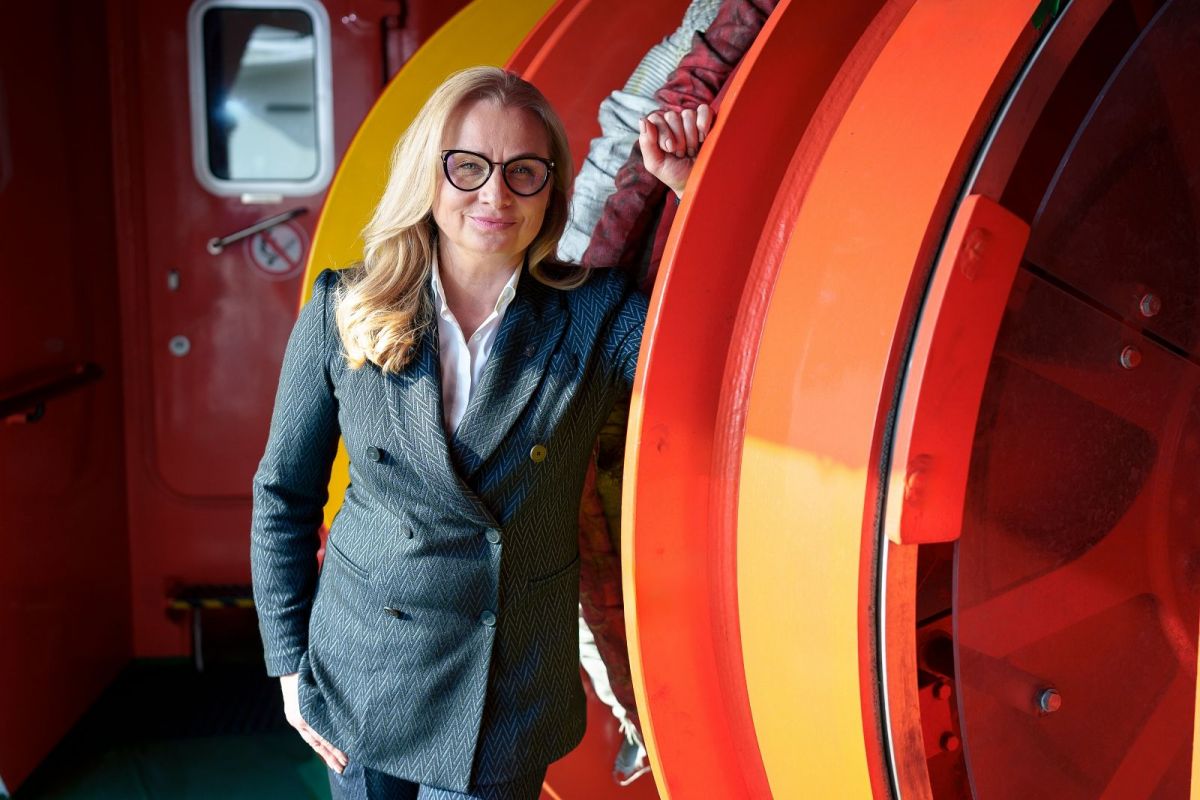The largest increase in cargo handled was seen in the port of Gdańsk (26.1 pct), followed by Gdynia (10.6 pct) and Szczecin (5.4 pct), but decreases were recorded in Police (-36.8 pct) and Świnoujście (-11.2 pct). Fossil fuels accounted for a large share of the trade with crude oil and oil products making up 33.6 pct of the liquid goods while coal and coke made up 14.6 pct of dry bulk shipments. In 2023, the domestic maritime traffic amounted to 3.5 mln tonnes (up by 31.4 pct on the previous year), constituting 2.6 pct of the total cargo traffic. International maritime traffic came in at 132.5 mln tonnes – 16.3 pct more than in 2022. In 2023, cargo traffic to or from European ports accounted for 63.5 pct of international cargo handled by Polish seaports, while Africa made up 16 pct, Asia 6.6 pct, North America 6.9 pct, Central and South America 6.1 pct, and Australia and Oceania 0.9 pct.
Building out at sea
This growth has been matched with the investment in ports themsel































































